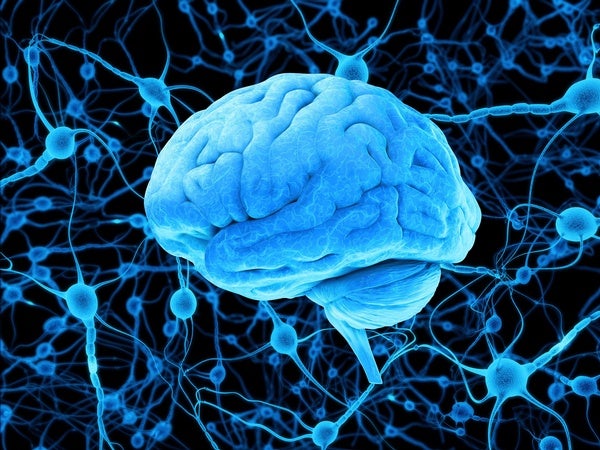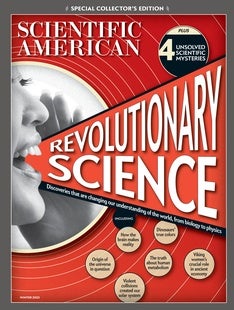|
 | ||||||
| March 31, 2023 | ||||||
 | ||||||
| ||||||
| ||||||
| ||||||
| ||||||
| | ||||||
| ||||||
| ||||||
| ||||||
| ||||||
| ||||||
| ||||||
| ||||||
| ||||||
| ||||||
| ||||||
| LATEST ISSUES | ||||||
| ||||||
| Download the Scientific American App | ||||||
|
































